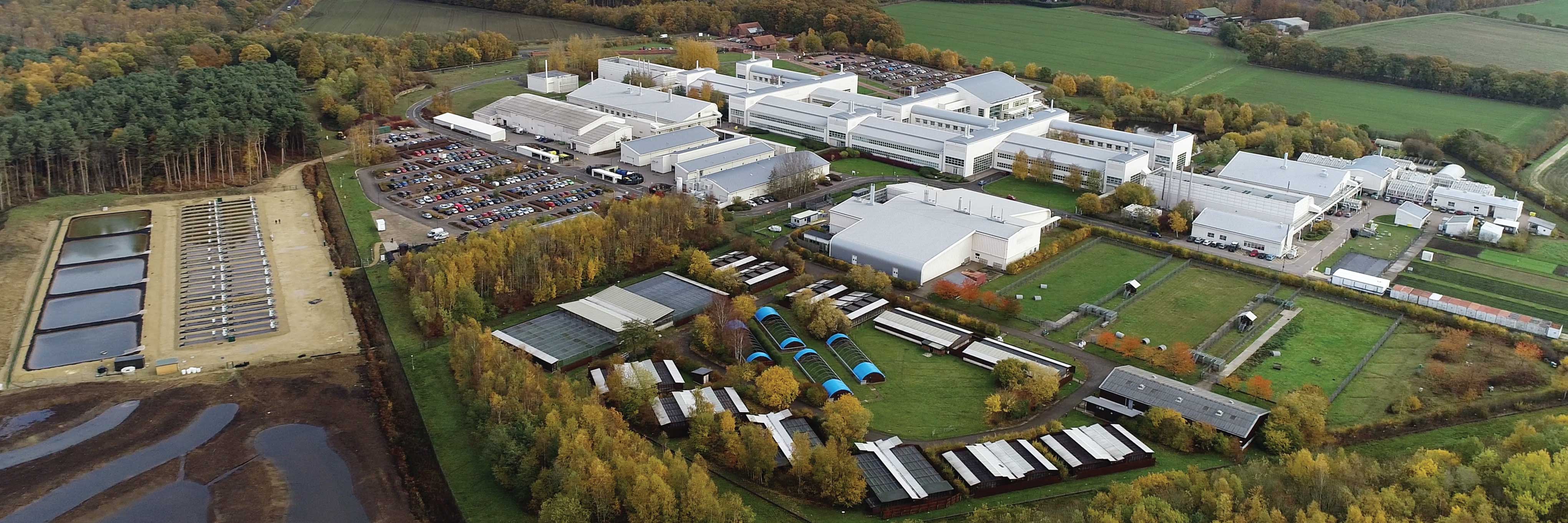Demonstrating that honey is free from adulterants and safe to eat is a complex task that links together supply chain monitoring and laboratory testing.
Recent press articles have declared that some UK and international honeys are fake based on a single laboratory test. Dr Adrian Charlton, Principal Scientist at Fera Science Limited (Fera) and Chair of the UK Bee Product Committee said “It isn’t possible to reach that conclusion in most cases without taking a weight of evidence approach, similar to that which would be used when presenting an argument in court. The data generated should be quality assured through extensive validation and preferably with external accreditation and auditing. The results may also be validated through interlaboratory collaboration and a process known as proficiency testing, whereby a consensus result from a group of laboratories is used to determine an individual laboratories performance.”
Dr Charlton, went on to say “The method used should be demonstrated to be fit for purpose by undertaking mock exercises and blind trials where technologies are challenged with spiked test samples. Ideally, methods will be peer reviewed or published as collective standards. Even when methods stand up to the rigour that is usual for a professional laboratory, it is rarely the case when testing honey that a single result will be sufficient to make accusations of fraud, so multiple tests are used and a view is formed based on all of the results as to whether a honey is genuine. This requires expert knowledge of the capability of each test and similar expert knowledge of the variation in composition, particularly for natural products like honey.”
He also said databases which capture the natural range of compounds or isotopes are often used to compare with data from a test sample and these databases need to be carefully curated and their scope clearly defined. Sample collection and storage is also a key factor in the interpretation of results and extensive metadata should be available for each sample. Even when the strict criteria (which are documented in standard operating procedures) are met, the methods have been accredited and the paper chain audited, there is still the matter of data interpretation. Unless a documented procedure is followed to reach a conclusion then that conclusion may be subjective and render R&D findings somewhat academic.
And finally, he highlighted that this is why Fera are working with accreditation companies and policy advisors to explore the potential for accreditation schemes for the interpretation of results when applied to honey authenticity, which we believe is an essential step before making any claims about honey fraud.
Dr. Adrian Charlton, a biochemist and his colleagues are world leaders in food authentication, undertaking research and testing using molecular biology and analytical technologies such as NMR spectroscopy and high-resolution mass spectrometry. These are applied to provide a range of novel solutions to regulators and the food industry, assuring confidence in the safety and authenticity of the food chain.
If you would like to discuss this further, please contact Dr Adrian Charlton (adrian.charlton@fera.co.uk)




